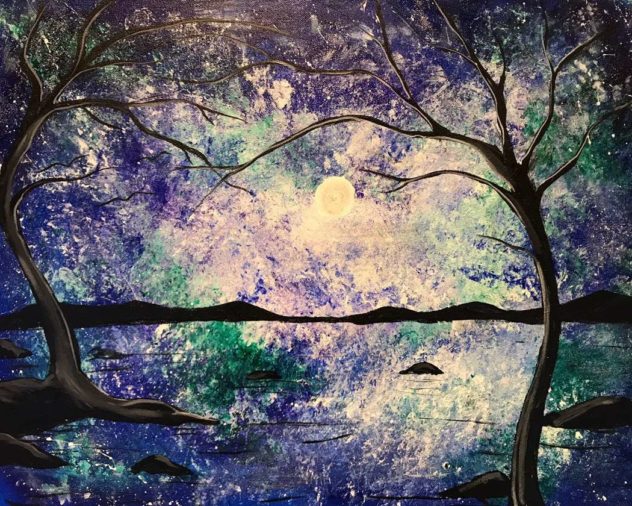These past months of lockdown have given me many manuscripts to evaluate, and ample time to think about why so many memoirs need revision, even when the writer thinks the story is done.

Here’s how the root problem can arise: If you write memoir from your shimmering images—which I define as vivid memories that stay in your mind as if they were snapshots—and most memoir writers do since the root of memoir is memory, you begin by collecting a bunch of those indelible memories and then lining them up to find a thread for your narrative. But, the problem is: memoir is not just a reiteration of these frozen memories. It more nuanced than that.
What needs to happen is that you must find inside those images a core idea they are exploring (an underlying notion linking them together—and there always is one).
By their very nature, these bright shining images remain in your memory because they contain a coded message about what is of value to you. In that coded message is the core idea that links the memories together.
And you need to find it.
And it may take writing a lot of shimmering images to figure it out.
And that is okay.
Because ultimately, if you don’t find the core idea, you will simply be recording a series of stand-alone memories.
What separates a lot of aspirational memoir from successful memoir is the core idea that ties together the whole shebang. Having it firmly established will guide the way you shape each memory you write—what you highlight, what you ignore.
Let’s look at an example. Say, you are writing about your mother, and specifically your teens as you were coming of age and learning about sex, let’s say, and all the complications you went through with your mom during that slim set of years (A tight focus is essential to memoir.)
And lets’ say you are working with a series of very memorable moments (shimmering images)—conversations you had at parties, late nights coming home sneaking in, grounded evenings: arguments, laughter, silly mistakes.
Many writers use these memories as scaffolding for the story, lining them up, and transcribing them, but even if you do that and provide some interior exploration of the thoughts of the girl you were then, and hindsight reflection from the woman you are now, that’s only part of what makes a memoir.
To be a cohesive story, you need to sculpt those memories to show you coming to terms with something, remedying some unresolved situation that still tugs at your heart and mind.
And to do that, you need to be able to name what your story is about.
There’s this wonderful video clip I’m sharing below that will help you do that.
And yes, Jonny Geller’s talking about novels in this clip, but his advice holds true for all good stories.

You must be logged in to post a comment.